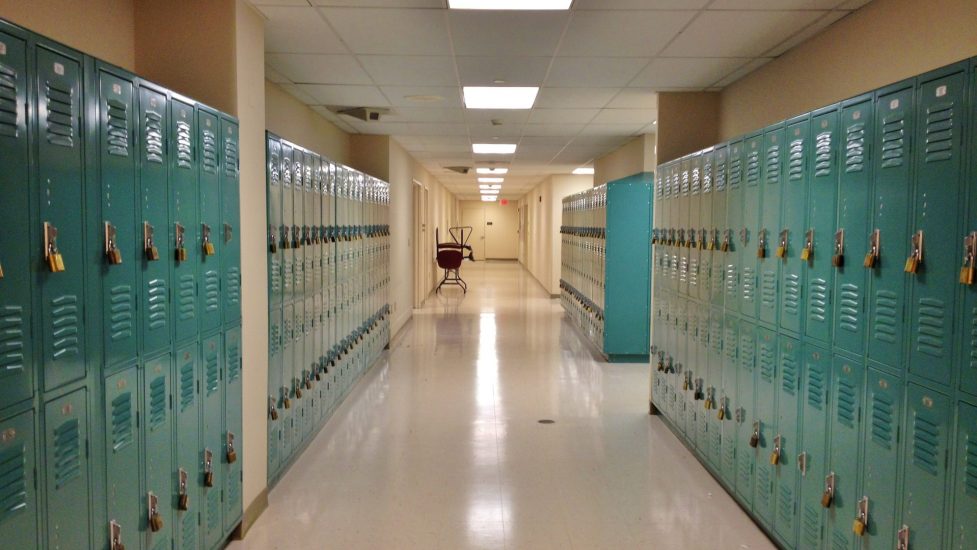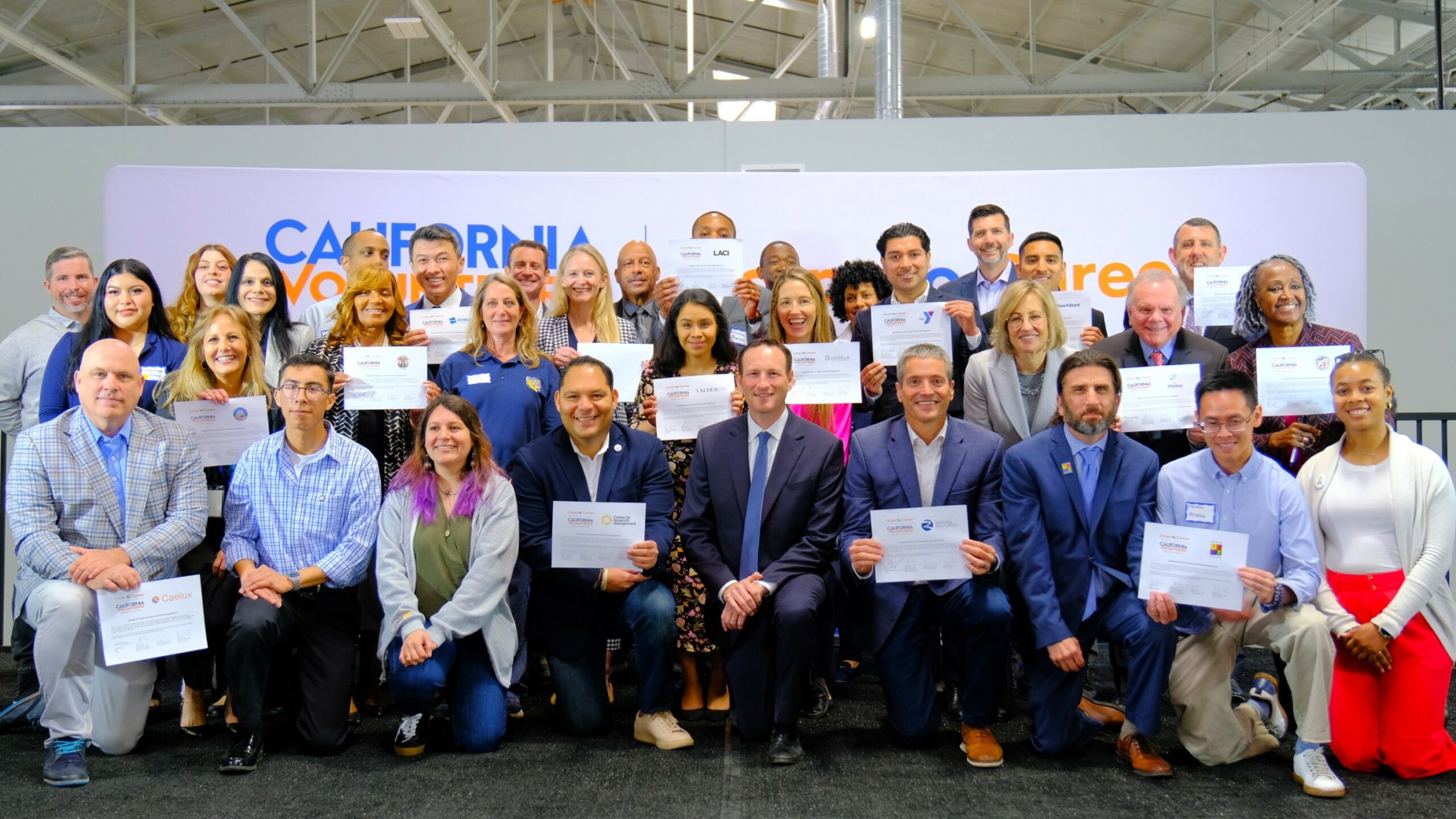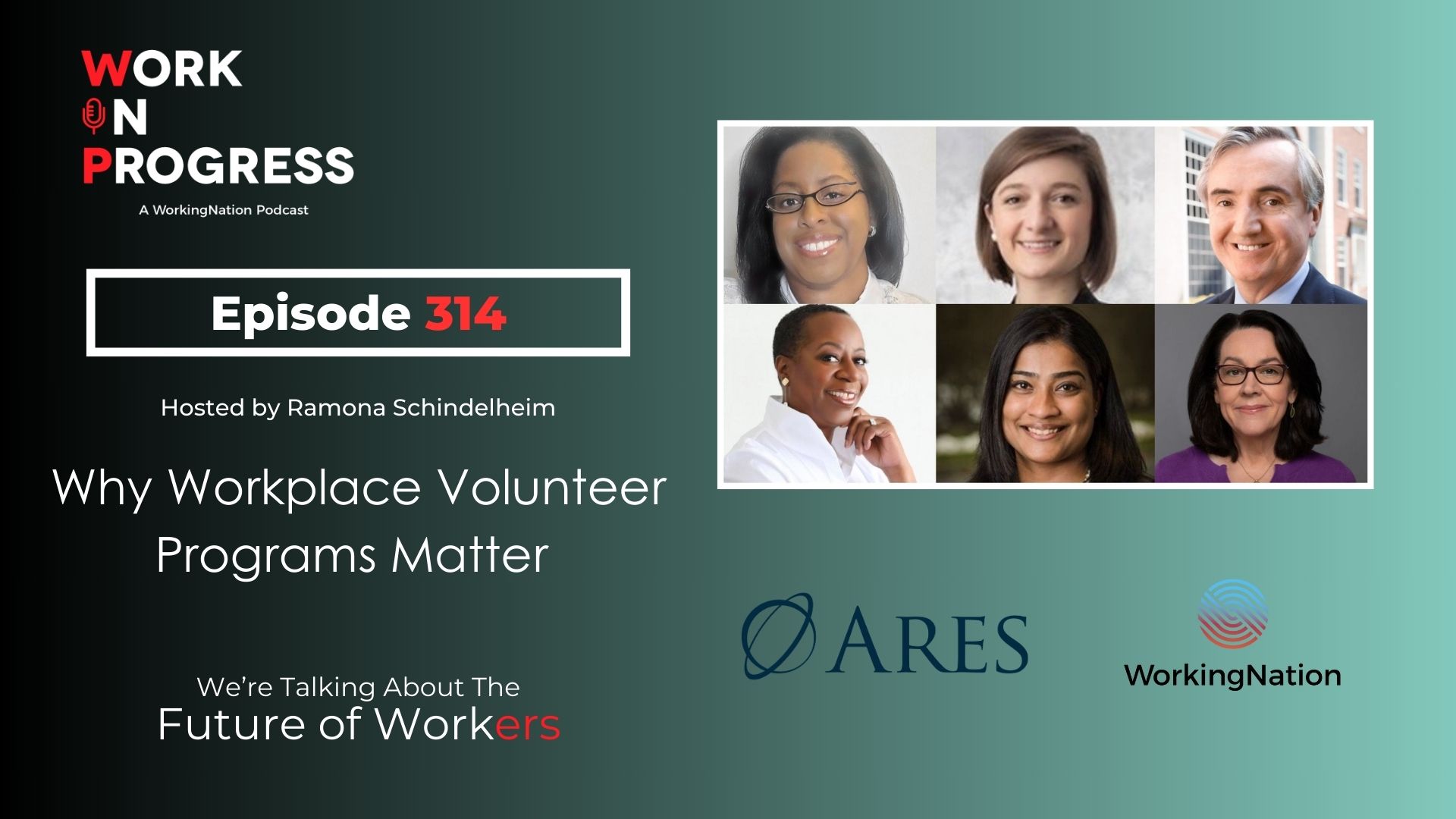What is the role of high school in preparing young people for life after graduation? Michael Matsuda, superintendent of Anaheim Union High School District in California, says offering a pathway to career readiness is crucial.
The AUHSD offers dual credit community college courses aligned with career pathways at all of its high schools. The district also provides career mentorships and paid summer internships. “Cutting edge,” is how Matsuda describes the district’s vision.
Let’s Talk About Career Readiness
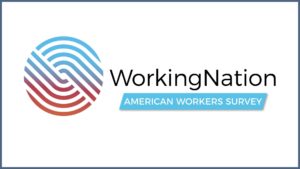
Among the findings in our recent WorkingNation American Workers Survey, 31% of the adult workforce say they never had a conversation with their parents or teachers about their job and career choices in their formative years.
To ensure their students do have those important conversations, the district has established six-year plans—called the Anaheim Educational Pledge—for students in grades seven through 12. “The students, as well as the parents can access those six-year plans and see where a kid is in terms of their college and career readiness, knowing that a kid’s passion and purpose can change multiple times,” explains Matsuda.
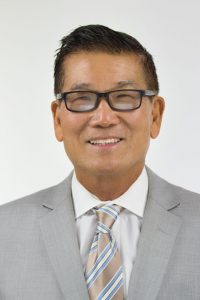
“The main thing is that a student, as they go into adulthood, they’re going to know that education does not end with a high school diploma or even with the B.S. It’s lifelong. You’re going to have to upskill yourself.”
A Quicker Pathway to a College Degree
Matsuda notes the significance of the district’s partnership with higher education institutions, particularly community colleges. “We have community college professors teaching either after school or after lunch. The students are getting high school credit as well as college credit, which can transfer to four-year institutions.”
“The dual credit in partnership with the community college, that’s a game changer because if you talk about the world of work and the pathways to work, the colleges are structurally more nimble.”
“Our plan within three years is to be able to graduate our kids with the high school diploma, but have at least a year of transferable college credit, the dual credit under their belt.”
Early Engagement with the Workforce
The engagement of additional stakeholders is also part of the district’s model. “We’ve attracted a number of corporate and nonprofit partners and had these discussions about ‘What does a successful employee look like?’ They talk about purpose and passion.”
“We have to almost be entrepreneurial and think kind of like a business with social conscience. We want our kids to graduate with that sense of purpose and passion. Yes, you can go and make a lot of money in the world, but it’s all going to be about improving the world in some way. ‘If I make it, I’m going to always be paying it forward. I’m never going to forget about who I am or where I grew up.’”
“The other big thing is emotional intelligence. Working in groups, collaborating, being a good communicator—both oral and written, and being a reflective leader. We call them the Five Cs—collaboration, communication, creativity, critical thinking, and compassion.”
Through its partnerships with about 75 corporations and nonprofits, the district facilitates mentorships and summer internships. Matsuda notes, “Prior to COVID, we had about 1,500 high school students involved in some sort of mentorship [during the semester].”
To eliminate the minimum wage barrier for some partners, the district provides students with $599 scholarships so they can participate in five-week summer internships between their junior and senior years.
The students are carefully matched to their internship opportunities. Matsuda says, “We have admin that’s in charge of the whole thing. We have the college and career access teams. We have site people. It’s above and beyond what is expected. So we worked it out with the union to get the key people, teachers or counselors to get the kids matched up. And now the parents, of course, love it. They want to expand it.”
Matsuda describes a photograph of some of the interns. “There’s a big corporate complex of glass buildings. Normally our kids would never be able to be inside those glass buildings. And there was a picture of five of them from the inside. They’re 10 stories up and they’re looking out the building.”
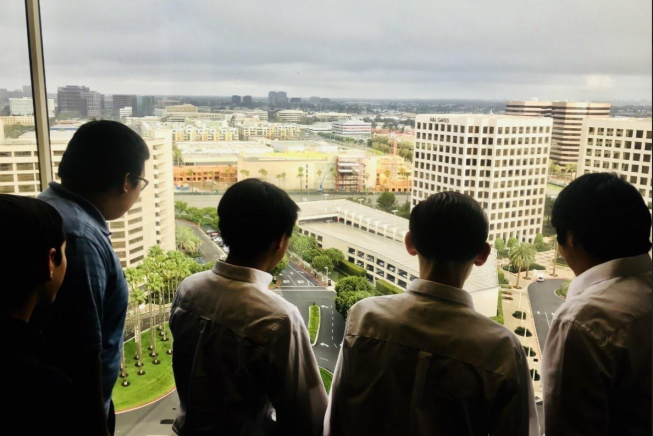
“You wonder what they’re thinking, what they’re aspiring to. For so long, they’ve been on the outside looking in, but now they’re on the inside looking out.”
“You need to make sure that you have principals and assistant principals who understand the vision. And who believe it. So we’ve been recruiting for that. It’s not just about, ‘Hey, you’re going to improve your test scores or your AP pass rates.’ There’s wider vision of career readiness.”
Matsuda says he asks graduating seniors, “Does education work for you or do you work for education? I can tell you over the years, more and more kids shifted to education is working for them. I’m not saying it works for all of them yet. But we need to make it work for them. That’s the way it should be. It should not be something done to them.”
Finding a Pathway and Paying It Forward
Andres Licea is a 2018 graduate of Savanna High School. As a senior, his was the first class to be introduced to the Pledge program.
A field trip to Cypress College opened his eyes, according to Licea. “For a while I felt like I was going to school for no other reason than just to please my parents. But the way counselors spoke, it was more of, ‘This is your decision now. This is your life now in your own hands.’ And I think it was actually finding that one-on-one connection.”
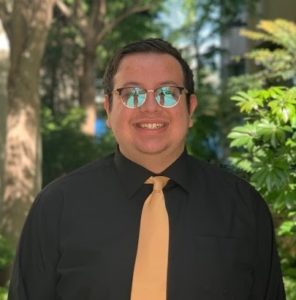
Between his dual credit community college courses and AP classes, Licea was able to complete high school with a semester of college credit already under his belt. Currently a sophomore at Cypress College majoring in psychology, Licea plans to transfer to a four-year university and become a school counselor.
“It might sound a little cheesy, but I honestly feel that teachers are the ones that make the most impact on students. And then I know that students are the future of our community. I had a couple of good teachers who really expressed interest and genuine care for me. And I knew I wanted to give that back later on.”
Meanwhile, Licea is already paying it forward. He serves as a Pledge program mentor for students at Cypress College and currently provides virtual support. “We get all our students to meet together to make them realize that they’re not going through this college experience alone.”
“A lot of the time, our Pledge students are first-time, first-generation students. So they’re navigating this whole college experience alone because their parents didn’t go to college or they don’t have another family member that went to college.”
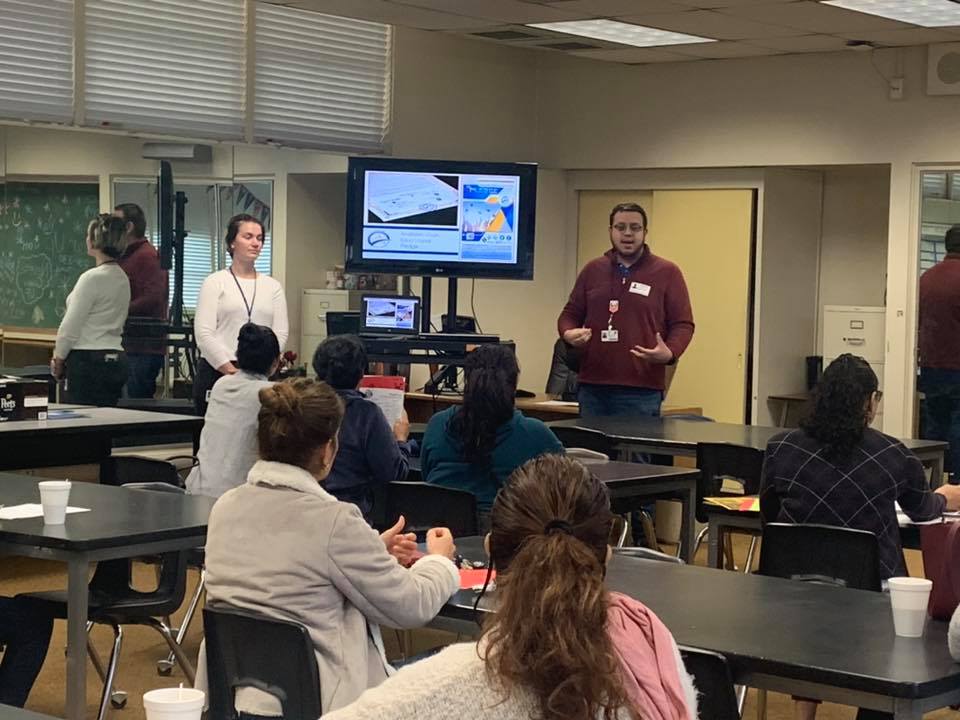
Additionally, Licea interns with the AUHSD and does presentations to students, as young as sixth graders, to introduce them to the Pledge program. He also does presentations to the parents of the students.
Licea says the parents’ response is always inspiring. “I smile when we get comments at the end like, ‘Thank you so much for this information. It was really useful.’ For me, it’s not really a chore to do it. I’m excited to present to these parents because I know they’re genuinely interested.”
“I’m really big on helping other people. I think that comes from being helped myself. I knew that I had lost my path along the way where I didn’t feel motivated to go to school anymore. But meeting counselors, having them actually express interest in me, motivating me again, I realized that if I felt this way, I know there’s a bunch of other people that feel this way, too.”
Matsuda sees the value of these initiatives beyond his own school district, “Our model is unleashing the innovation and creativity with our teachers who are then unleashing it with the kids. We have a lot of intellectual capital with our two or three million teachers across the country. Unleash it and I think America can wake up to its history of being the most creative country the world has known.”

